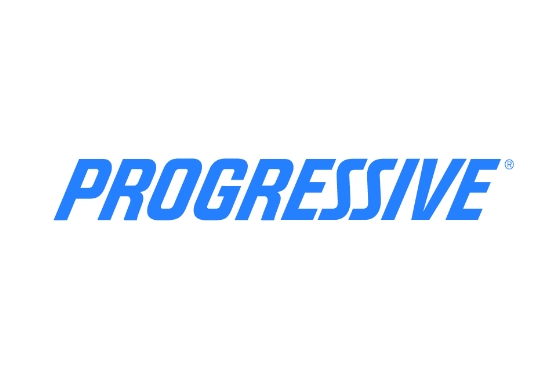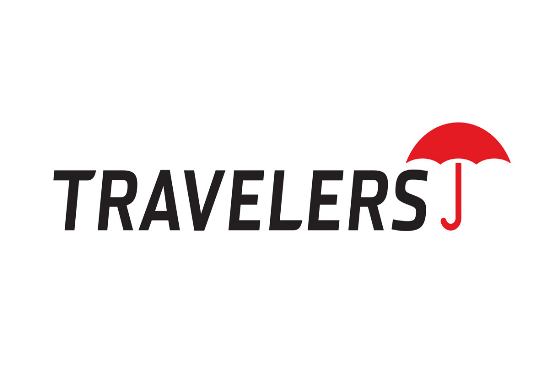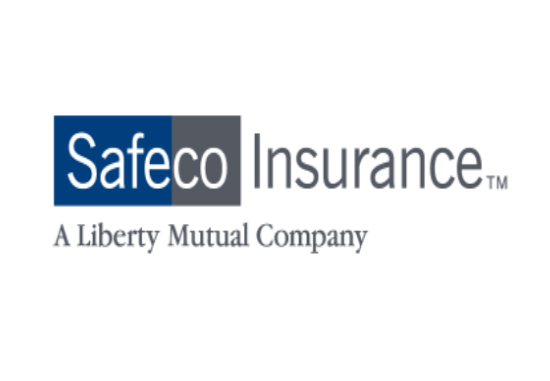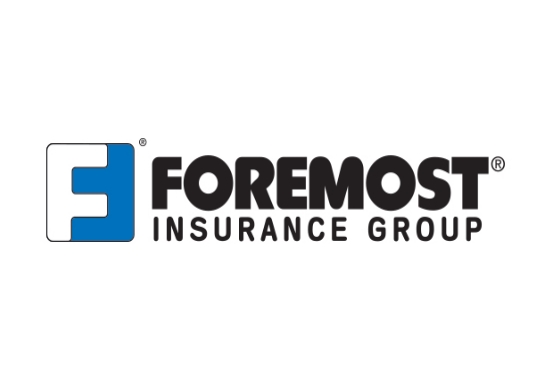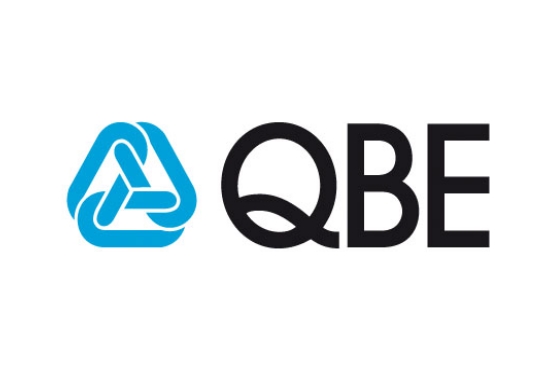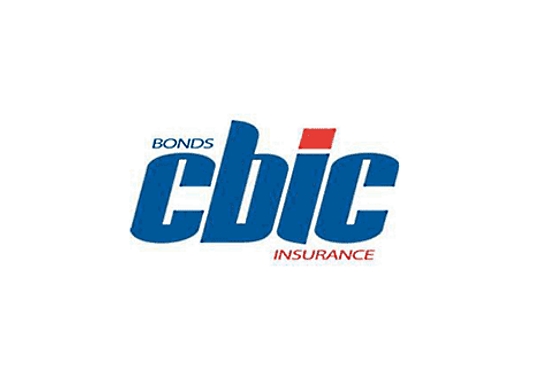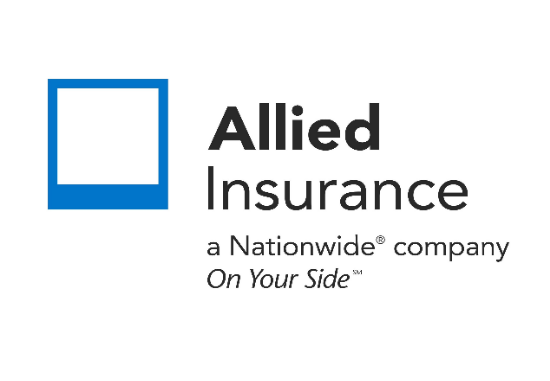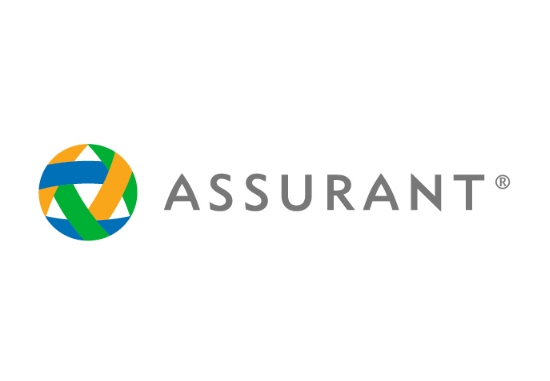Who needs P&I insurance?
Who needs P&I (Professional Indemnity) insurance?
Any professional, freelancer, or business offering expert advice, services, or consultancy should consider P&I insurance. Common examples include accountants, legal professionals, engineers, IT consultants, designers, and healthcare practitioners. It protects you against claims of negligence, errors, or omissions that may result in financial loss to a client.
Key Points
P&I insurance is essential for anyone providing professional advice or services.
It safeguards against claims arising from negligence, mistakes, omissions, or breach of duty.
Professions often requiring P&I include legal, medical, financial, engineering, and creative fields.
It covers legal defense costs, settlements, and damages up to policy limits.
Policies may be claims-made or occurrence-based, and some industries require it contractually or by regulation.
What Is Professional Indemnity Insurance?
Professional Indemnity (PI) Insurance—also known as Professional Liability or Errors & Omissions (E&O) Insurance—is designed to protect professionals and businesses against claims of negligence, errors, or failure to deliver expected professional services. It covers legal defense costs, settlements, and compensation up to the policy limit—even when allegations are unfounded.
Why Many Professionals Need It
Mistakes happen—even to the best practitioners. But when they lead to client losses—financial, reputational, or otherwise—the resulting legal claims can be devastating. Without P&I insurance, professionals must pay legal and settlement costs out of pocket, potentially jeopardizing their entire business.
Who Should Seriously Consider It?
P&I insurance is not just for high-risk professions. Anyone offering specialized advice, creative services, or consulting should evaluate their exposure:
| Profession Type | Why They Need P&I Coverage |
|---|---|
| Lawyers, Accountants, Engineers | Their professional judgments directly impact clients. |
| Consultants, Financial Advisors | Advice can lead to financial loss if misinterpreted or faulty. |
| IT & Software Developers | Errors can cause system failures or data breaches. |
| Creative Professionals | Designs may inadvertently infringe copyrights or misrepresent content. |
| Freelancers & Contractors | Client contracts may mandate carrying P&I insurance. |
| Healthcare Practitioners | Claims of malpractice or advice-related errors fall under P&I. |
Professional bodies, industry regulators, and major contracts often require proof of P&I coverage before licensing or onboarding.
Understanding Policy Types
Claims-made: Covers incidents reported during the active policy period. If the policy lapses, coverage ends.
Occurrence-based: Covers incidents that occurred during the policy period, even if reported later.
Some policies offer retroactive or extended reporting (“tail” coverage) for added protection after termination.
What Does P&I Insurance Cover?
Legal defense costs: Court fees, expert witness fees, and attorney expenses.
Settlement or judgment costs: Financial compensation awarded to the client or claimant.
Breach of contract or negligence: Even if claims are groundless, defense is covered.
Data breaches or confidentiality errors: When professional duties involve sensitive information.
Note: P&I usually excludes bodily injury or property damage, which general liability insurance covers instead.
How Much Coverage Is Needed?
Coverage limits depend on:
Industry and contract value.
Potential risk exposure (e.g., high-stakes financial advice).
Regulatory or contractual requirements—some clients mandate certain coverage levels.
Real-World Scenarios
An accountant miscalculates a client’s taxes; though unintentional, this causes a penalty. P&I covers defense costs and any resulting settlements.
A software developer delivers an update with a bug that crashes systems. The client files a claim—P&I helps manage the fallout.
An architect receives an intellectual property claim for design infringement. P&I handles legal expenses.
Notable Exceptions
P&I insurance typically does not cover:
Claims unrelated to professional service (like personal injury or property damage).
Intentional or criminal acts.
Incidents before policy effective date (unless retroactive coverage is included).
The policy must be customized to align with the profession’s unique risks and exposures.
Frequently Asked Questions (FAQ)
Q1: Is P&I insurance legally required?
Not always by law—but many professions and contracts require it. Failing to carry P&I may disqualify you from clients or regulatory approval.
Q2: Is P&I insurance the same as general liability?
No. General liability covers physical damage or injuries. P&I covers professional mistakes, advice errors, and financial harm.
Q3: What is “claims-made” vs “occurrence” policy?
Claims-made covers claims filed while policy is active. Occurrence-based covers incidents during the policy period, even if reported later.
Q4: What if claim arises after I stop practicing?
Purchase “tail coverage” or ensure retroactive dates to extend protection post-practice.
Q5: Is P&I expensive?
Costs vary widely—from under $50/month for low-risk freelancers to hundreds per month for high-risk professionals. Factors include industry, contract size, and claims history.
Q6: Do I need P&I if I offer free advice?
Yes. Even informal advice can create liability; P&I protects against unexpected consequences.
At THAgency, we make it easy to find the right coverage for your profession. We compare hundreds of carriers to deliver affordable, custom-tailored P&I insurance solutions tailored just for you.
Fill out the form below to get your personalized insurance quote.
Protect your business. Safeguard your future.
Related Posts
Get a Right Insurance For You
SHARE THIS ARTICLE
We will compare quotes from trusted carriers for you and provide you with the best offer.
Protecting your future with us
Whatever your needs, give us a call, have you been told you can’t insure your risk, been turned down, or simply unhappy with your current insurance? Since 1995 we’ve been providing coverage to our customers, and helping people across United States.

